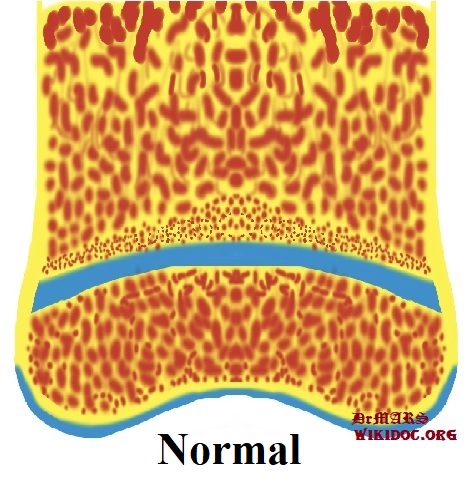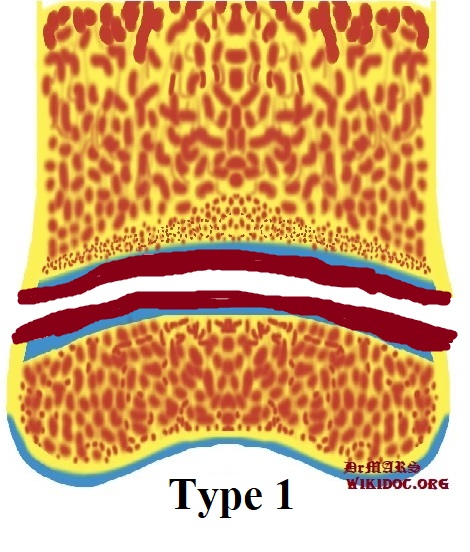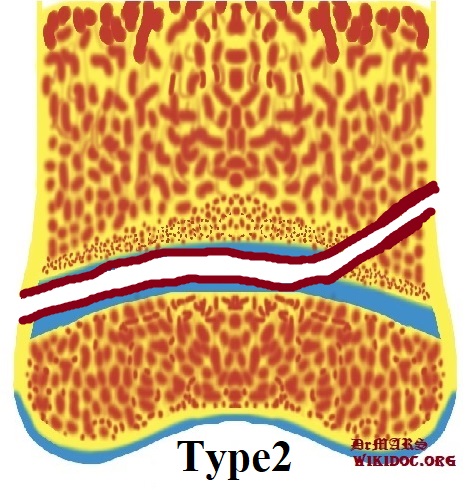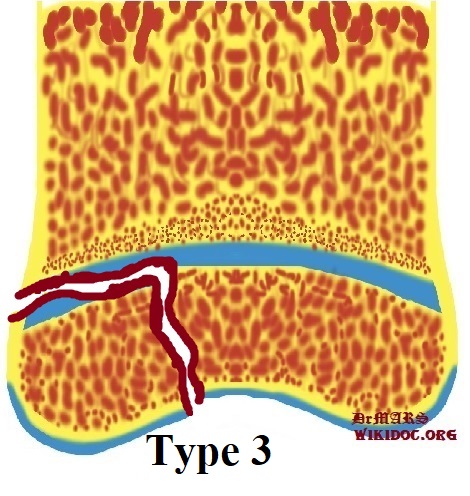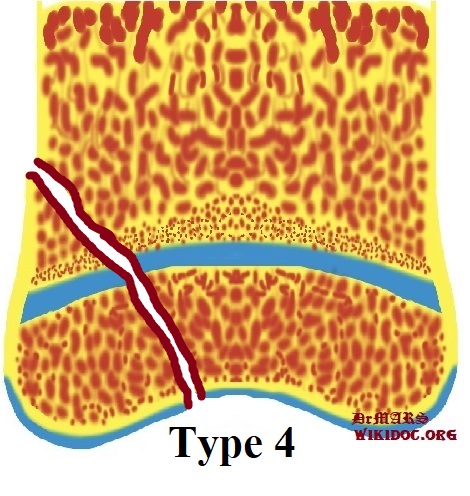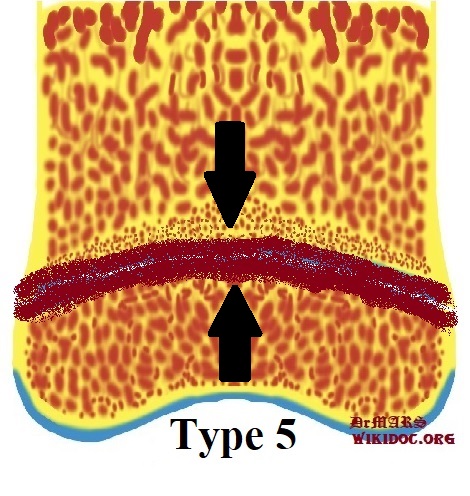Salter-Harris fracture
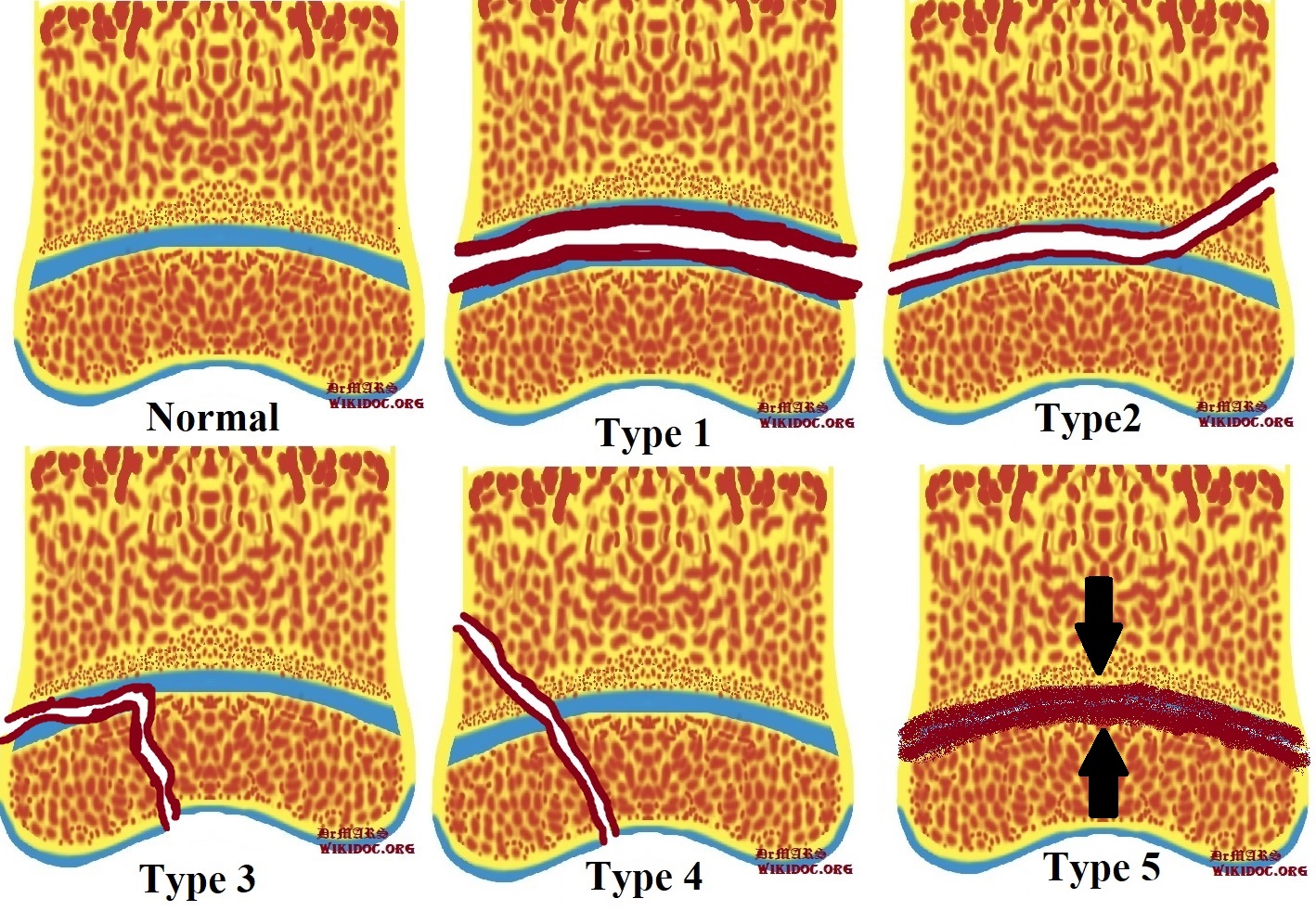
Editor-In-Chief: C. Michael Gibson, M.S., M.D. [1]; Associate Editor(s)-in-Chief: Mohammadmain Rezazadehsaatlou[2].
Overview[1]
Injuries leading to the bone fracture affecting the epiphyseal plate, or physis, are important and common in orthopedic medicine and the cause diagnostic and treatment challenges for orthopaedic surgeons. The related incidence rate of these fracture among pedicatric population is 15-20%.
Historical Perspective [2][3][4][5]
In 1863, Foucher JT was the first person who described the injuries affecting the epiphyseal plate.
In 1895, Poland J, classified the injuries affecting the epiphyseal plat into the four types.
In 1936 , Aitken AP, defined the specific differences of different types of physes based on their differences in: structure, location, weightbearing status, and susceptibility to injury.
In 1963, two Canadian orthopaedic surgeons, Robert B. Salter (1924–2010) and W. Robert Harris (1922–2005), introduced a physeal fracture classification system according to the anatomy, fracture pattern, and prognosis of bone fracture.
Then, various researchers and physicians tried to expanded the original work of Salter and Harris in order to make it to be to be more comprehensive:
In 1968, Rang M, added a different sixth type of physeal injuries describing the caused damage to the perichondral ring due to the direct open injuries to the affected bone.
In 1981, Ogden JA, described nine types of injuries such as injuries affecting the developing bone’s other growth mechanisms.
Salter-Harris classification
See also
References
- ↑ Cepela DJ, Tartaglione JP, Dooley TP, Patel PN (November 2016). "Classifications In Brief: Salter-Harris Classification of Pediatric Physeal Fractures". Clin. Orthop. Relat. Res. 474 (11): 2531–2537. doi:10.1007/s11999-016-4891-3. PMC 5052189. PMID 27206505.
- ↑ Loder RT, Swinford AE, Kuhns LR (1997). "The use of helical computed tomographic scan to assess bony physeal bridges". J Pediatr Orthop. 17 (3): 356–9. PMID 9150026.
- ↑ Leary JT, Handling M, Talerico M, Yong L, Bowe JA (June 2009). "Physeal fractures of the distal tibia: predictive factors of premature physeal closure and growth arrest". J Pediatr Orthop. 29 (4): 356–61. doi:10.1097/BPO.0b013e3181a6bfe8. PMID 19461377.
- ↑ Rohmiller MT, Gaynor TP, Pawelek J, Mubarak SJ (2006). "Salter-Harris I and II fractures of the distal tibia: does mechanism of injury relate to premature physeal closure?". J Pediatr Orthop. 26 (3): 322–8. doi:10.1097/01.bpo.0000217714.80233.0b. PMID 16670543.
- ↑ Lemburg SP, Lilienthal E, Heyer CM (November 2010). "Growth plate fractures of the distal tibia: is CT imaging necessary?". Arch Orthop Trauma Surg. 130 (11): 1411–7. doi:10.1007/s00402-010-1140-1. PMID 20563820.
